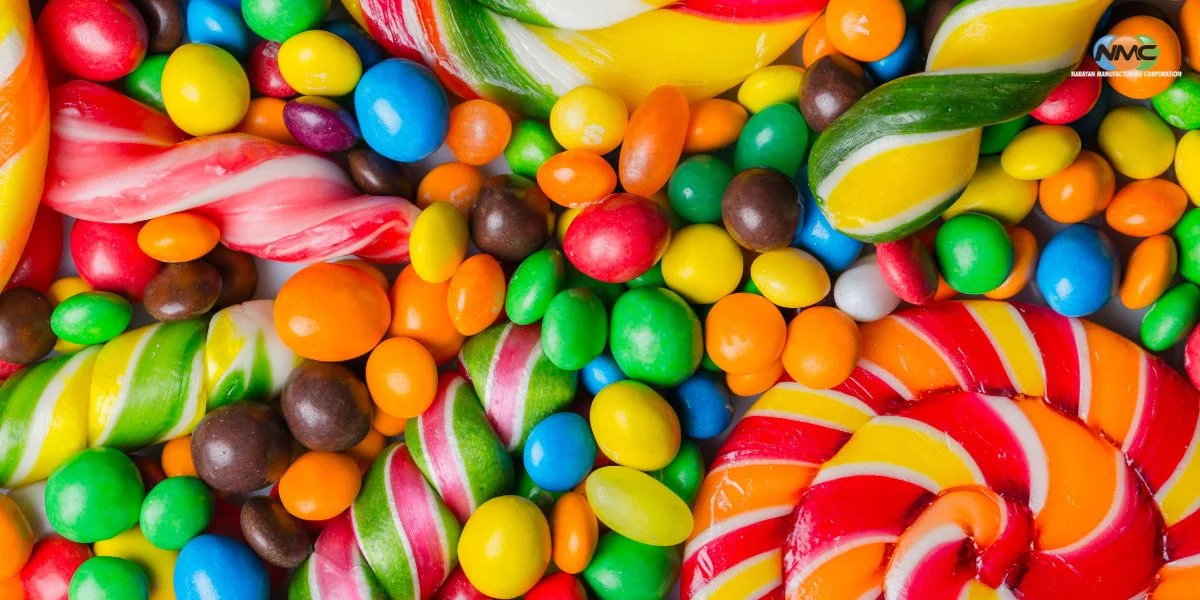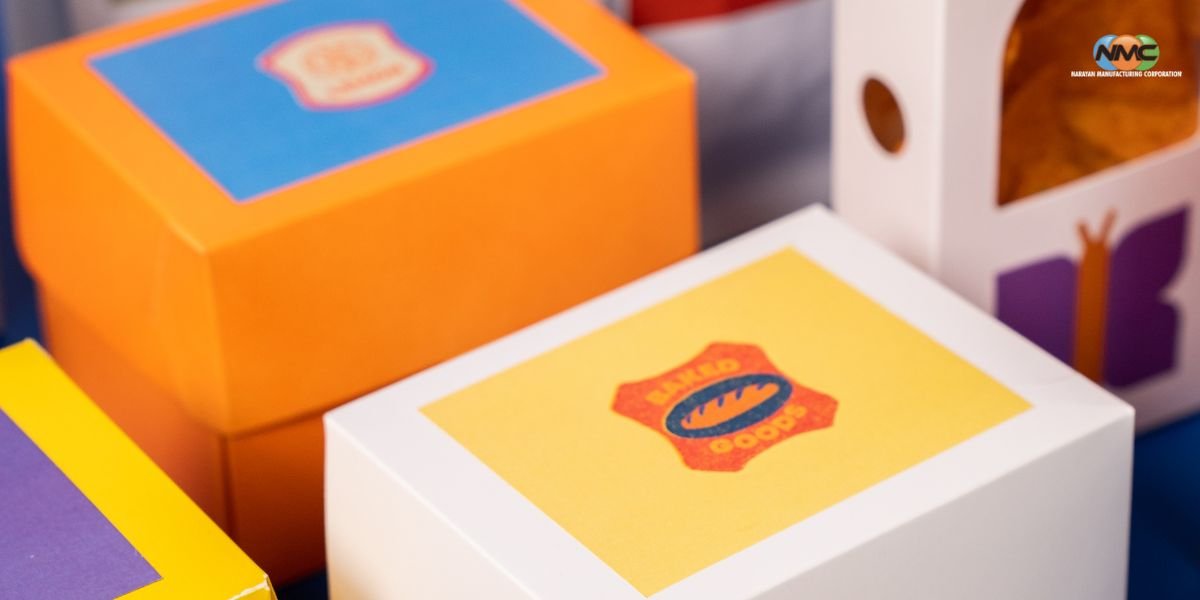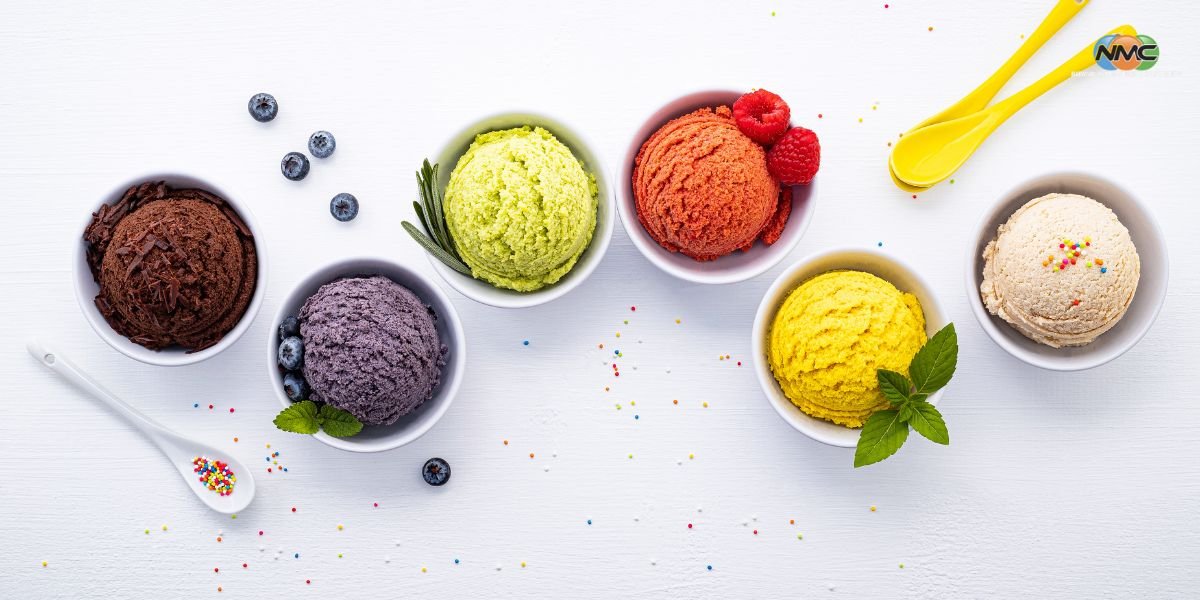In the world of food manufacturing, visual appeal plays a crucial role in capturing consumer attention, and synthetic food colors are one of the primary tools used to make food products more attractive. These synthetic food colors are derived from a variety of key ingredients, each carefully crafted to enhance the appearance of everything from candies to beverages. In this blog, we will shine a spotlight on the major ingredients used in synthetic food colors and how they contribute to their vibrant hues.
1. FD&C Dyes
One of the most common ingredients used in synthetic food colors is FD&C dyes. These water-soluble dyes are approved by the U.S. Food and Drug Administration (FDA) for use in food, drugs, and cosmetics. FD&C dyes are favored for their intense color, consistency, and ability to blend well with a variety of food products. Some popular examples include:
- Red 40 (Allura Red AC): Used in beverages, candy, and baked goods, this dye creates vibrant red tones.
- Yellow 5 (Tartrazine): Common in processed snacks and beverages, it imparts a bright yellow hue.
- Blue 1 (Brilliant Blue FCF): Found in drinks, dairy products, and candies, this dye creates a vivid blue shade.
These dyes are synthesized from petroleum and coal-tar derivatives, which allow them to deliver bold, long-lasting colors.
2. Lake Colors
Lake colors are another type of synthetic food coloring, typically made by combining FD&C dyes with salts like calcium or aluminum. Unlike water-soluble FD&C dyes, lake colors are oil-soluble and are used in applications where moisture is minimal, such as in coatings, baked goods, and powdered mixes. Their ability to provide more stable and consistent coloring in fat-based and dry products makes them ideal for processed snacks and confections.
3. Caramel Color
Caramel color is a widely used synthetic coloring agent that gives foods and beverages a rich brown color. It is created by heating carbohydrates (like sugar) in the presence of acids, alkalis, or salts. Caramel color can be found in cola drinks, soy sauce, and certain baked goods. Though it is synthetic, it has long been used as a natural-looking colorant in food products.
4. Azo Dyes
Azo dyes are a class of synthetic colorants that are made from azo compounds, which contain nitrogen double bonds. These dyes are known for their bright and vibrant colors, making them a popular choice in food manufacturing. Some well-known azo dyes used in food include:
- Sunset Yellow FCF: A popular orange-yellow dye found in sodas, chips, and cereals.
- Carmoisine: A reddish-purple dye often used in jams, jellies, and confectioneries.
Azo dyes are highly versatile, offering a wide range of shades, making them indispensable for creating eye-catching foods.
5. Erythrosine
Erythrosine, also known as Red 3, is another synthetic dye used primarily in foods that require a bright pink or red color. It is commonly found in candies, cake decorations, and ice cream. Made from iodine compounds, erythrosine is known for its intense color and is often used in limited quantities due to its strong pigmentation.
6. Brilliant Blue FCF
Brilliant Blue FCF is one of the most popular synthetic food colors used to create shades of blue. It is used in a wide variety of products, including ice cream, frozen desserts, confections, and beverages. As a stable dye, Brilliant Blue FCF maintains its vibrancy even after processing, making it a preferred choice for manufacturers.
7. Iron Oxides
Iron oxides are inorganic compounds used in synthetic food colors to achieve earthy tones like red, yellow, and brown. These compounds mimic natural mineral colors and are particularly popular in food products like cereals, meat substitutes, and bakery items. Although they are synthetic, iron oxides are considered safe and non-toxic when used in appropriate amounts.
8. Titanium Dioxide
Titanium dioxide is a synthetic ingredient used primarily to provide a white color in food products. It is often used in items like chewing gum, confectionery, and dairy-based desserts. It has excellent opacity and brightness, which helps create a pure white or pastel shade when blended with other colors.
Conclusion
Synthetic food colors have revolutionized the way we perceive food, enhancing its visual appeal and making it more enjoyable to eat. Key ingredients like FD&C dyes, lake colors, azo dyes, and others play an integral role in creating the vibrant colors that grab consumers’ attention. While synthetic food colors have their share of controversies, they remain a cornerstone of modern food production due to their stability, variety, and cost-effectiveness.
















